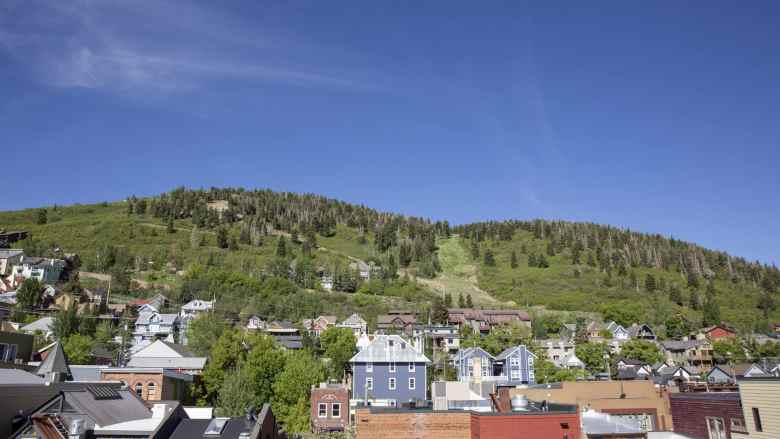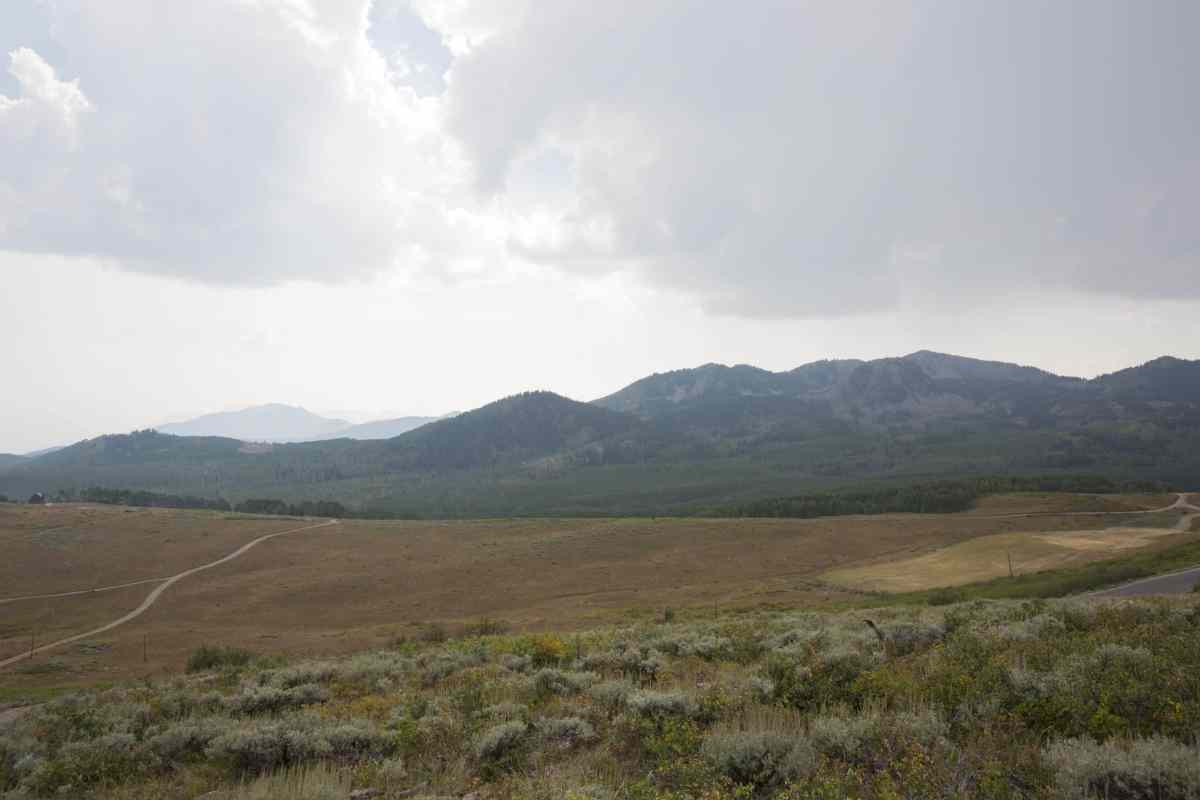Efforts to conserve land focus on ensuring access to a healthy environment
One of the first major parcels of open land Park City-bound visitors see after taking the Kimball Junction exit off Interstate 80 onto S.R. 224 is the 1,200-acre Swaner Preserve.
The preserve, which serves as a seasonal and permanent habitat for an array of wildlife, includes 800 acres of wetlands and streams and nearly 10 miles of trails for hiking, biking and snowshoeing.
As visitors continue along S.R. 224 they will also pass the iconic McPolin Farm located on the outskirts of Park City proper.
This historic farm sits on 115 acres of more open space that is a favorite destination for hikers, bikers and cross-country skiers. The wetlands located near the highway is also the seasonal home for redwing blackbirds and sandhill cranes.
Conserving these types of areas are what keeps Summit Land Conservancy and Utah Open Lands busy. The two nonprofits work tirelessly to preserve open spaces for recreation, habitat and community health.
These natural and working lands can sequester up to 37% of the carbon that we’re putting into the environment every year, said Cheryl Fox, Summit Land Conservancy’s executive director.
“I think we really do need to recognize that all people need to have access to a healthy environment,” she said. “We’ve done a poor job over the past couple hundred years of ensuring that everyone has access. So my feeling is that our role is to save as much as can be saved, while we as society collectively figure out how to decarbonize ourselves and how to live with a little more reverence for the nonhuman.”
Utah Open Lands Executive Director Wendy Fisher agrees with Fox’s assessment.
“There is a huge value that really is an investment in the long-term economic and physical health and sustainability of the community,” she said. “When I look at the past three decades there is no question in my mind what we have done in preserving open space is to preserve possibilities — possibilities for cleaner air, possibilities for clean water, possibilities for carbon sequestration, possibilities for local food and possibilities for recreation. The list goes on.”
Over the past decade, the mission to save open lands has become more difficult, as well as more important, Fox said.
“I think as prices become more and more expensive for land, conservation becomes harder and harder,” she said. “When the values are so high, it’s hard to come up with the money that is needed. And on the other hand, it makes our work all the more critical.”
Some of the big issues these nonprofits face is population growth and development, Fisher said.
“The top two reasons why people come to Utah to live here, work here and play here is because of its scenic beauty and recreational opportunities,” she said. “That’s where the conundrum lies. Because it’s an incredible place to live, there is a need to have more development in order for people to move in. It’s one of those catch-22s, a never-ending cycle.”
The trick is to find balance, but sometimes it’s too easy to tip the scales with money and machines, Fox said.
“Our country’s banking and real estate systems, planning and zoning departments know how to do development and know how to do that really well,” she said. “We also have what I call in this countr, industrialized development, and like any highly industrialized process and project, it ends up being good for a few people, but bad for the environment and bad for communities. So what happens when we overly mechanize some process is we get out of balance.”
Still, Fox isn’t against building homes.
“We need homes, but we also need to know the human habitat is not just concrete and computer screens,” she said. “Sometimes we confuse this mindset as human nature that can’t be stopped. But it’s not human nature. Plenty of cultures have survived for tens of thousands of years without managing to destroy their habitat. And since we’re really on the verge of that on a global scale, I think it’s time to think about the way we live on this planet a little differently.”
A change of people’s perception regarding conservation is something Utah Open Lands is working on, according to Fisher.
“I really feel that one of the key elements as we move forward is what we have made our mantra — ‘Leave It Loved,’” she said. “We need to do more than just protect these properties. We need to do more than leave no trace. We need to leave these places better, and that is calling upon all of us to have a higher level of stewardship.”

Increasing the stewardship levels include gaining a better understanding regarding the balance of recreation and protection, Fisher said.
“I think we always talk about the value of protecting these properties for the land’s sake, itself, and that is key,” she said. “There are some places that should just be left for wildlife to have a refuge, because those areas are getting smaller and smaller all the time.”
One of the first projects Utah Open Lands took on in the early 1990s was Willow Ranch Reserve, located on the entry corridor to Park City on S.R. 224.
“When we first protected the property 30 years ago there were no beavers, but working with Park City we planted some trees, and beavers have come back to the area,” Fisher said.
Back in 1992 there were no sandhill cranes, but now, there are sandhill cranes that nest on the property, and the amount of songbirds has increased, she said.
“When you see things like that, we realize if we turn our gaze to how we can be the best stewards of these places, we can open the possibility to long-term sustainability and health for our community,” Fisher said. “If you look at history, communities have been driven in terms of successes and failures to a great extent with respect to the natural resources in their area. The health of the environment around us serves as a barometer for our own health.”
For information about Summit Land Conservancy and its work, visit wesaveland.org. For information about Utah Open Lands and its work, visit utahopenlands.org.

